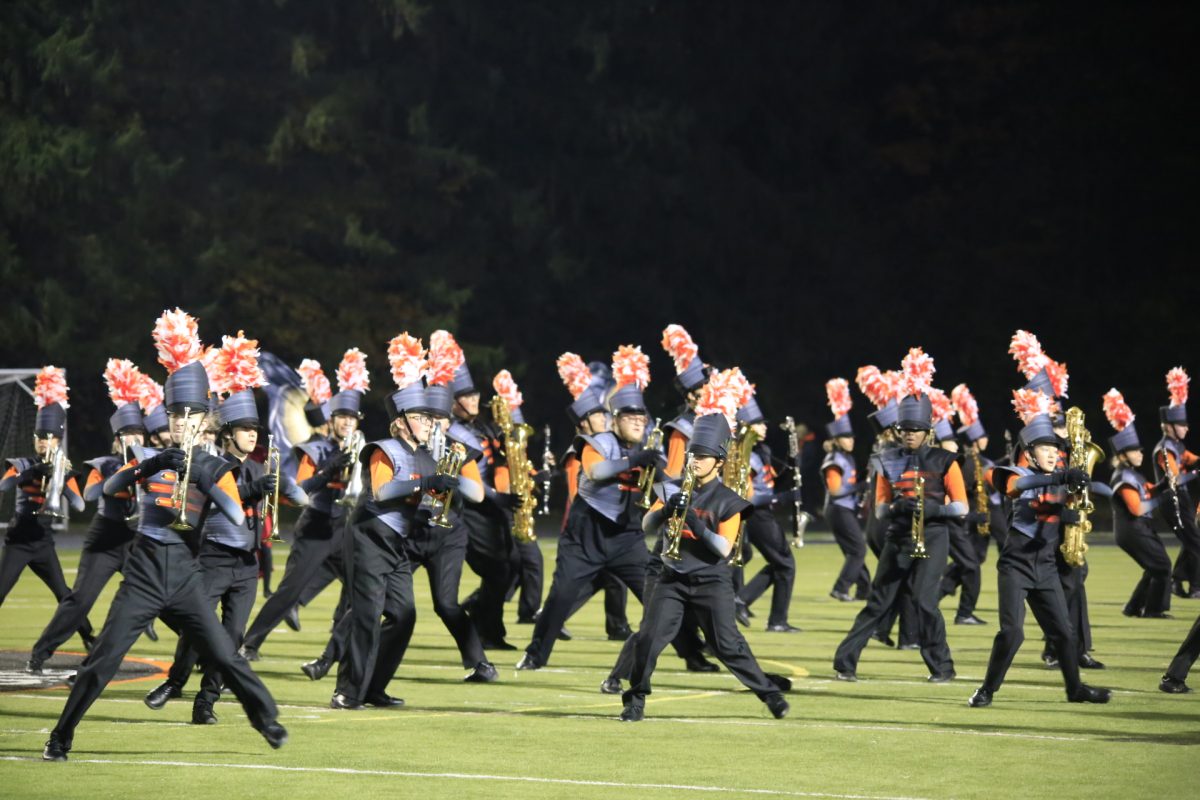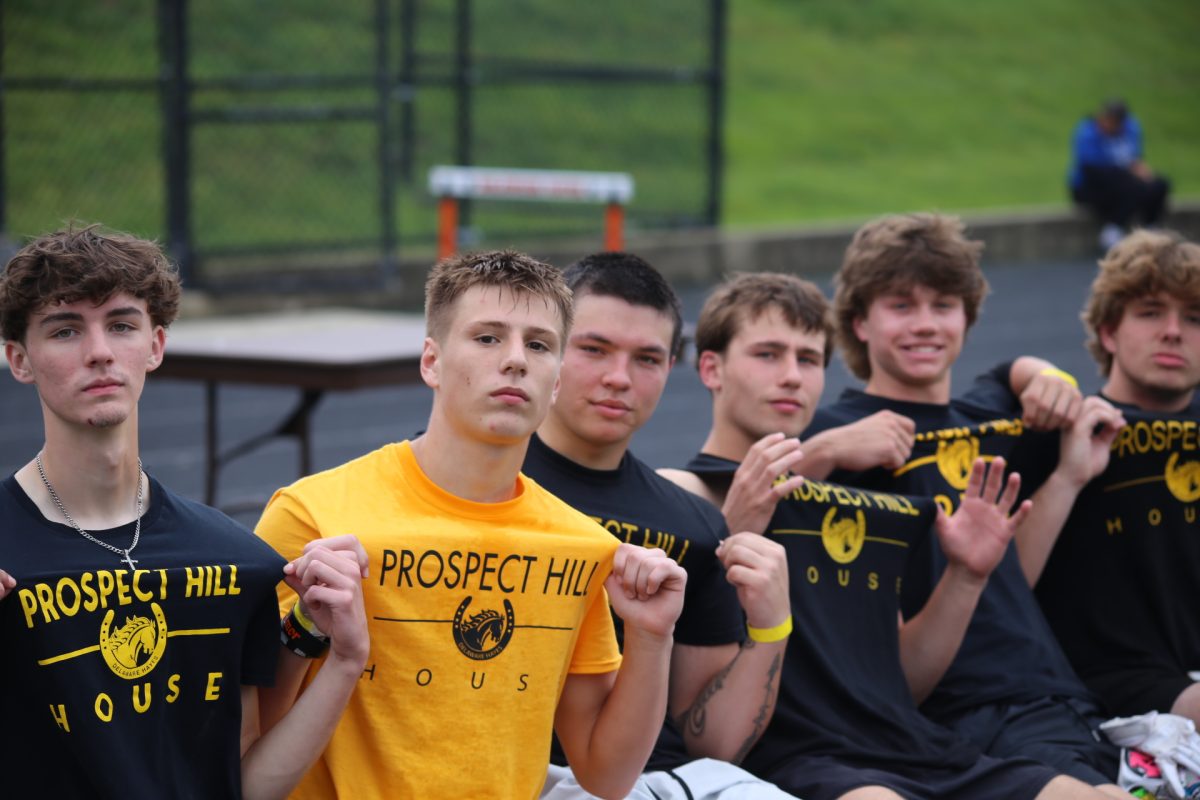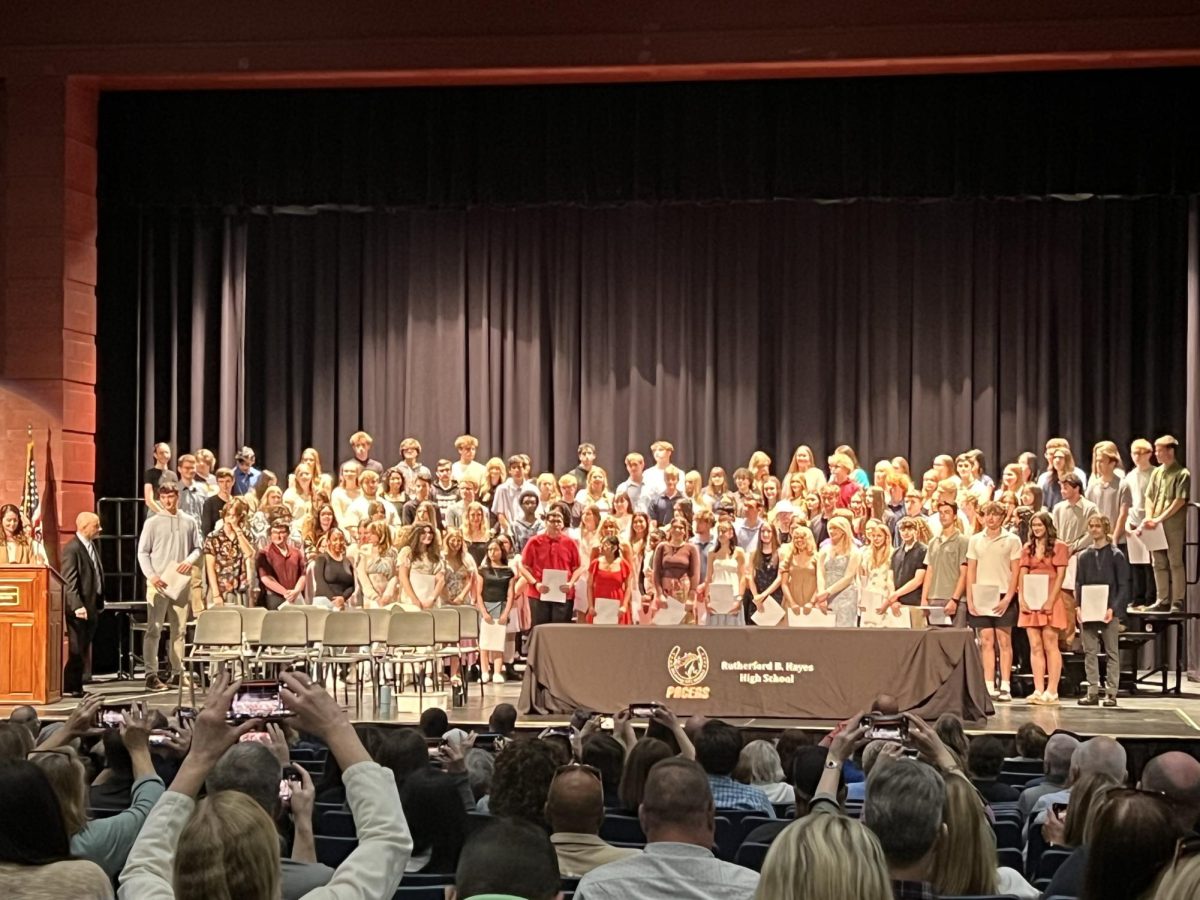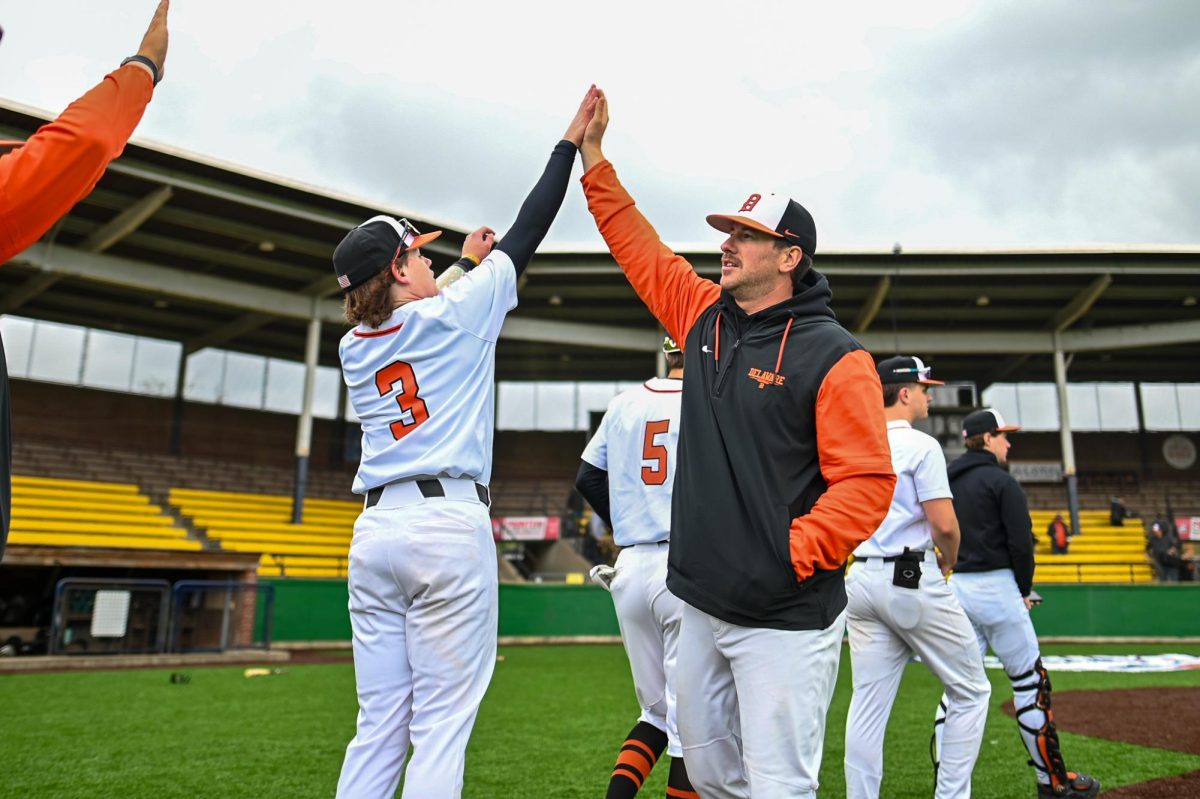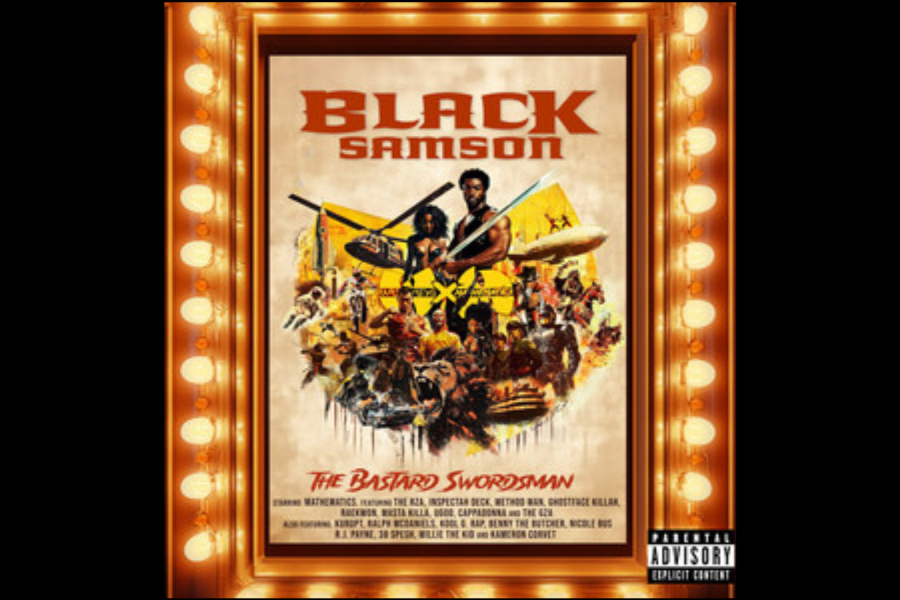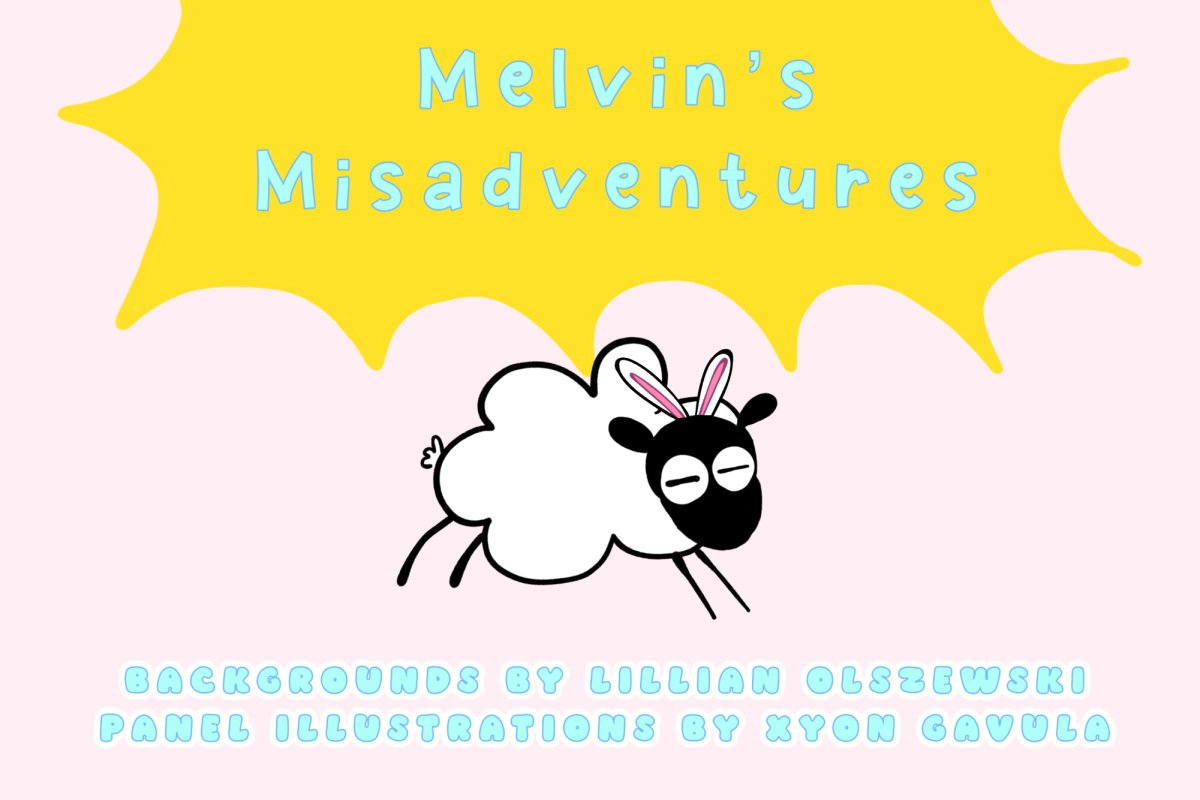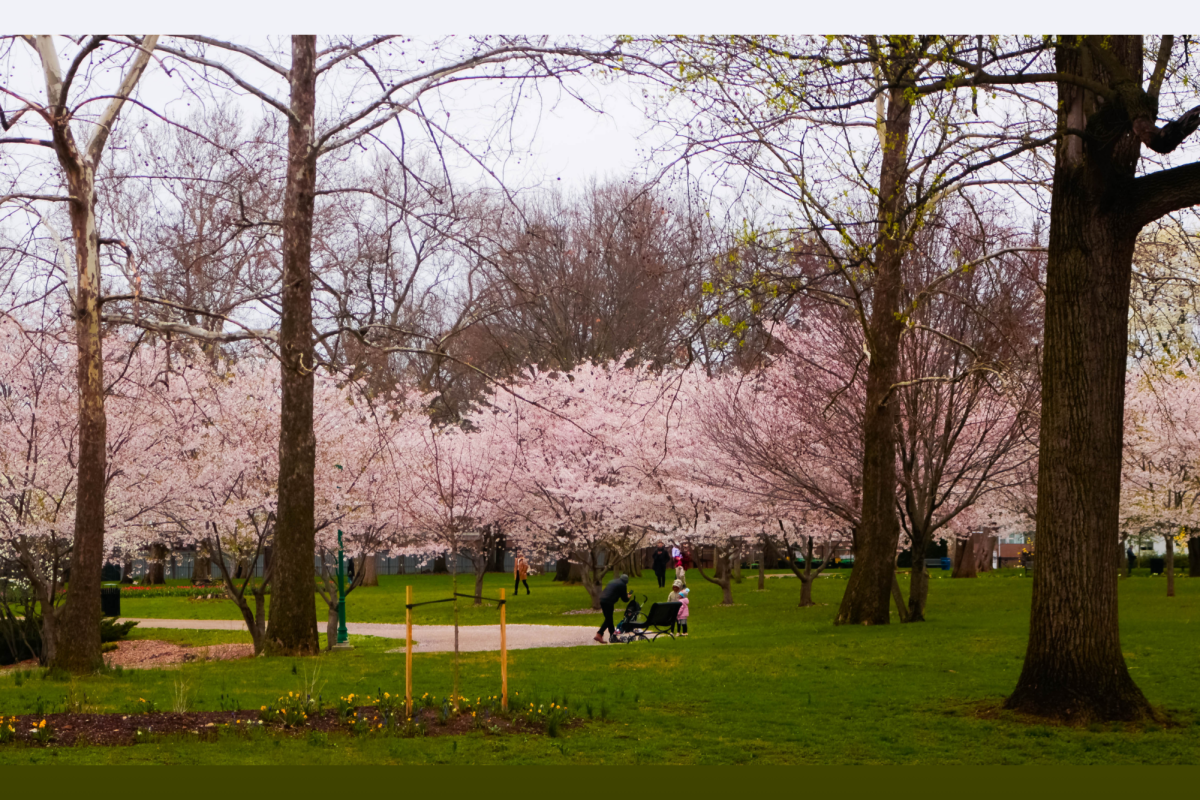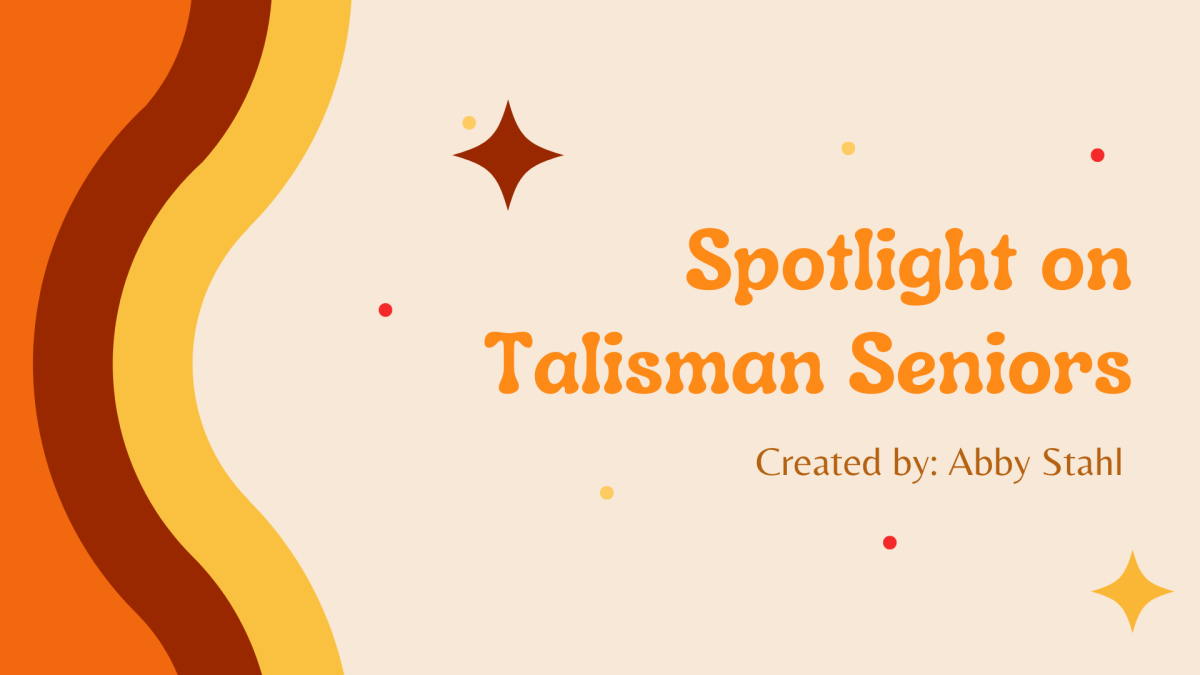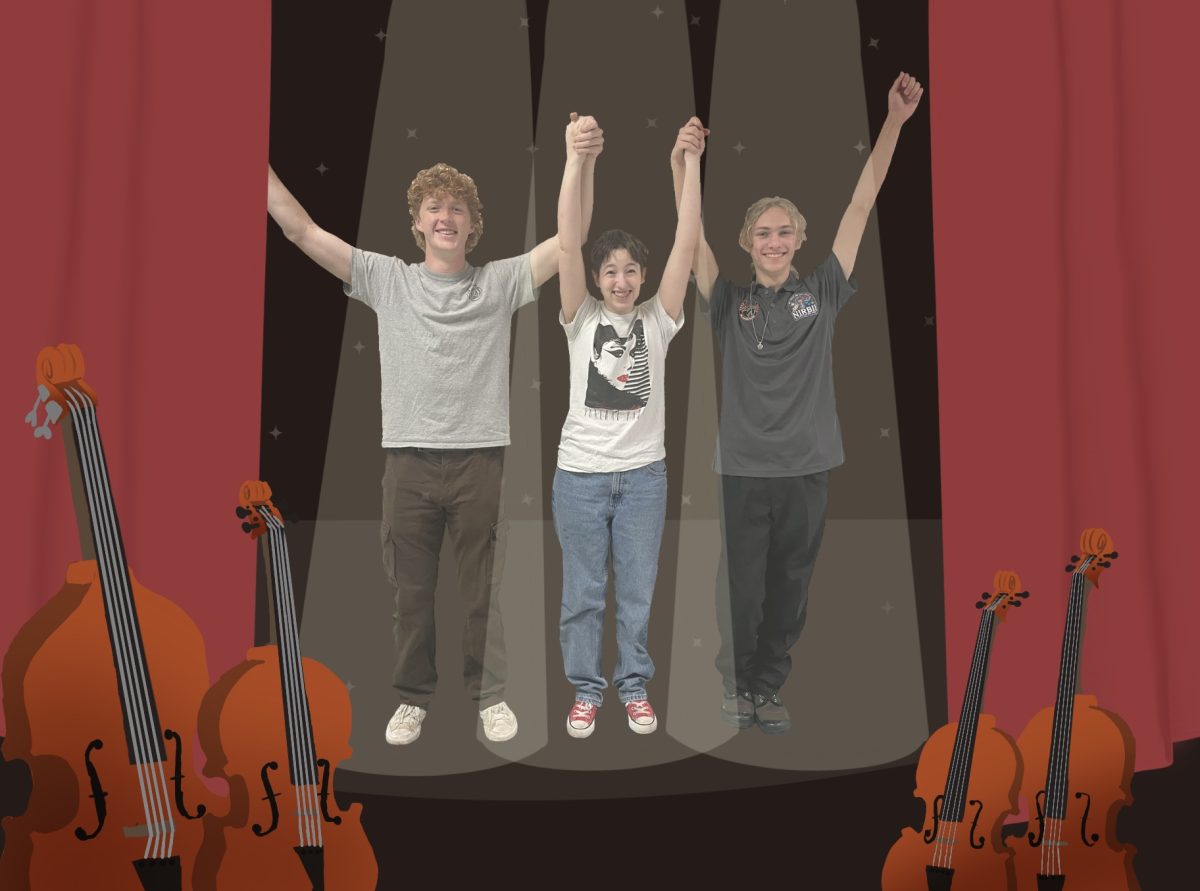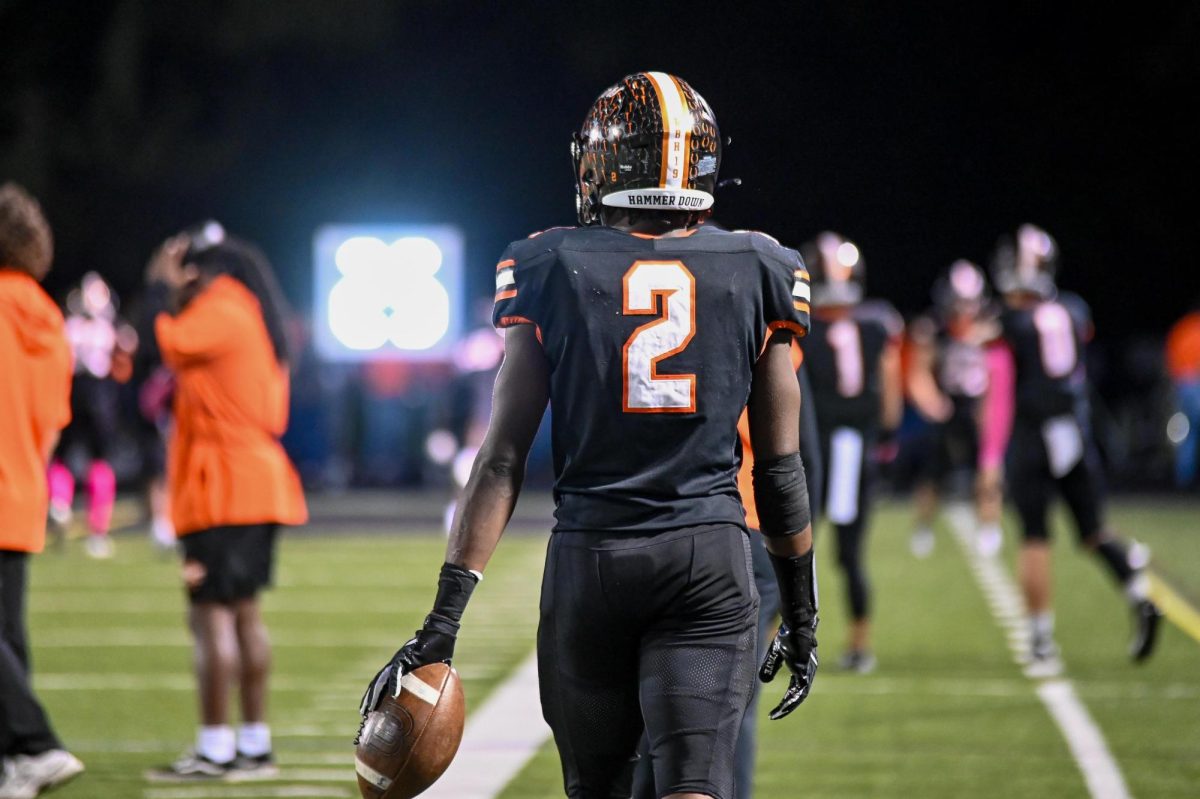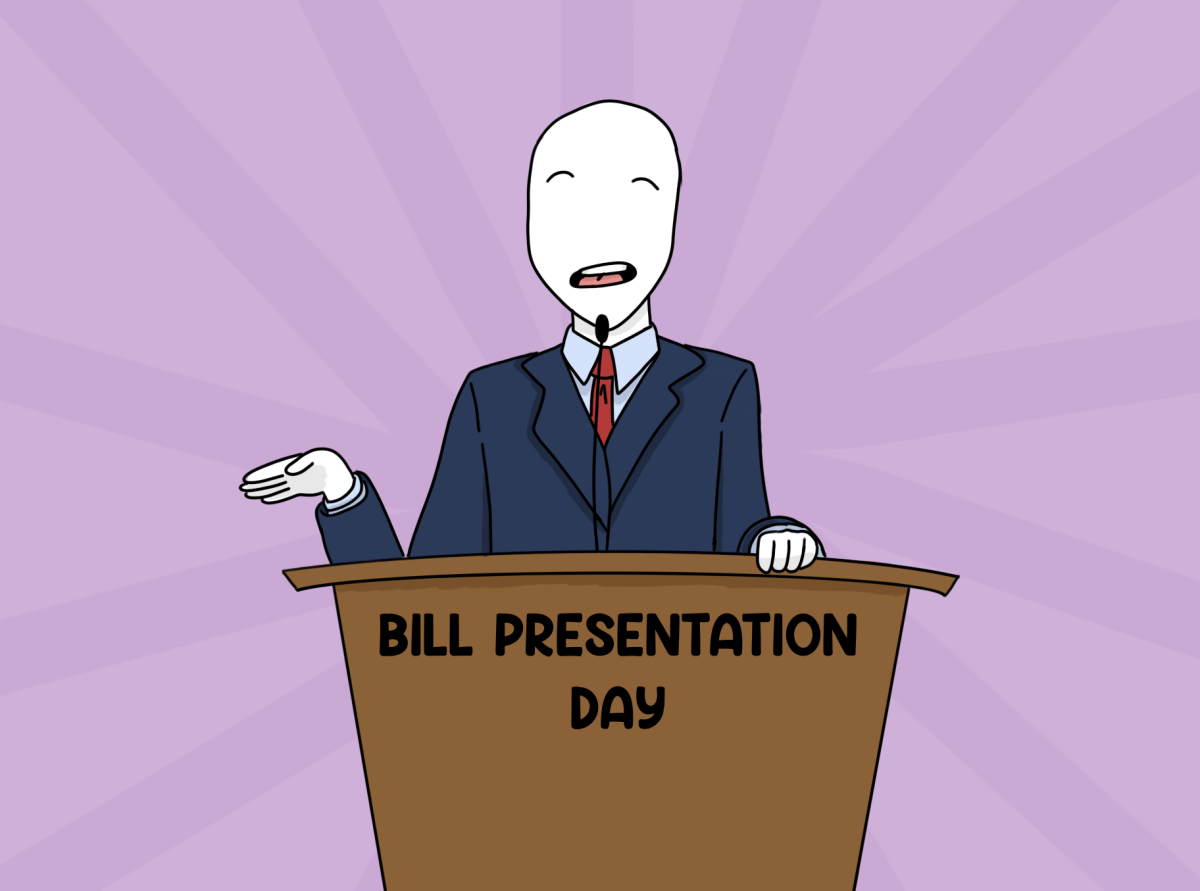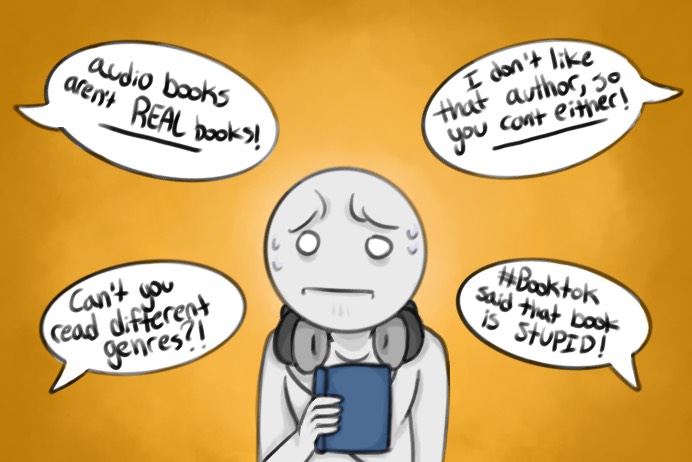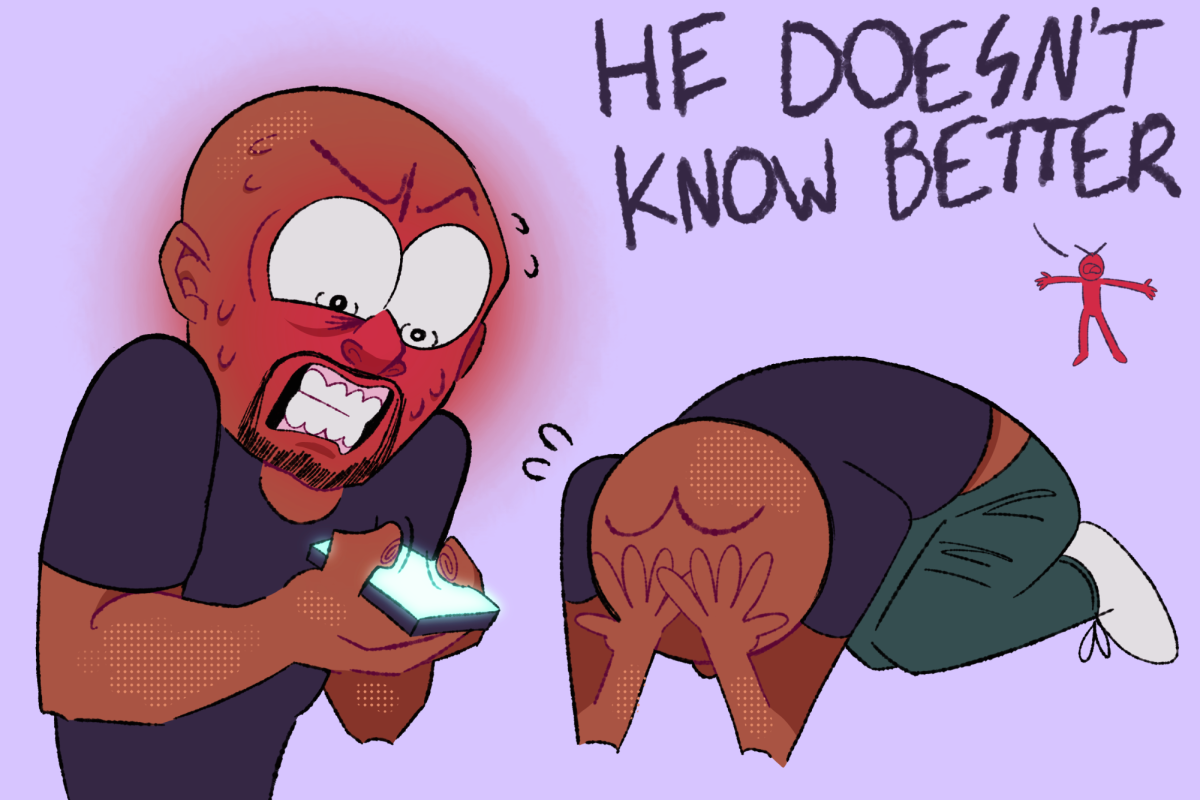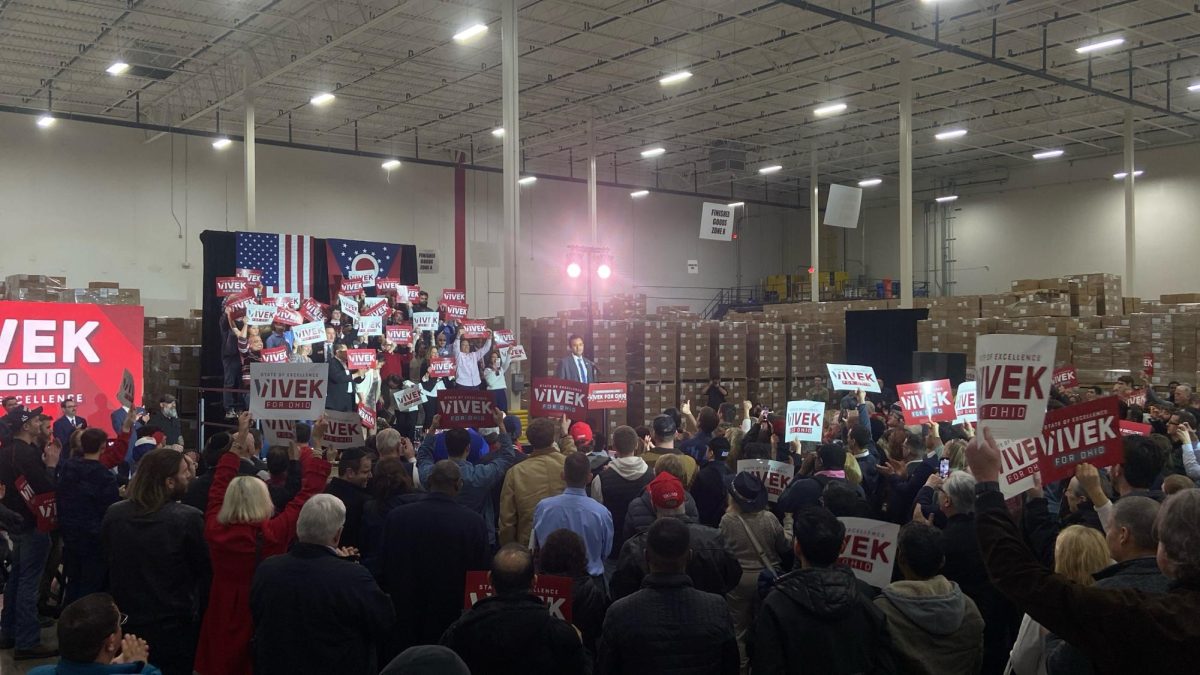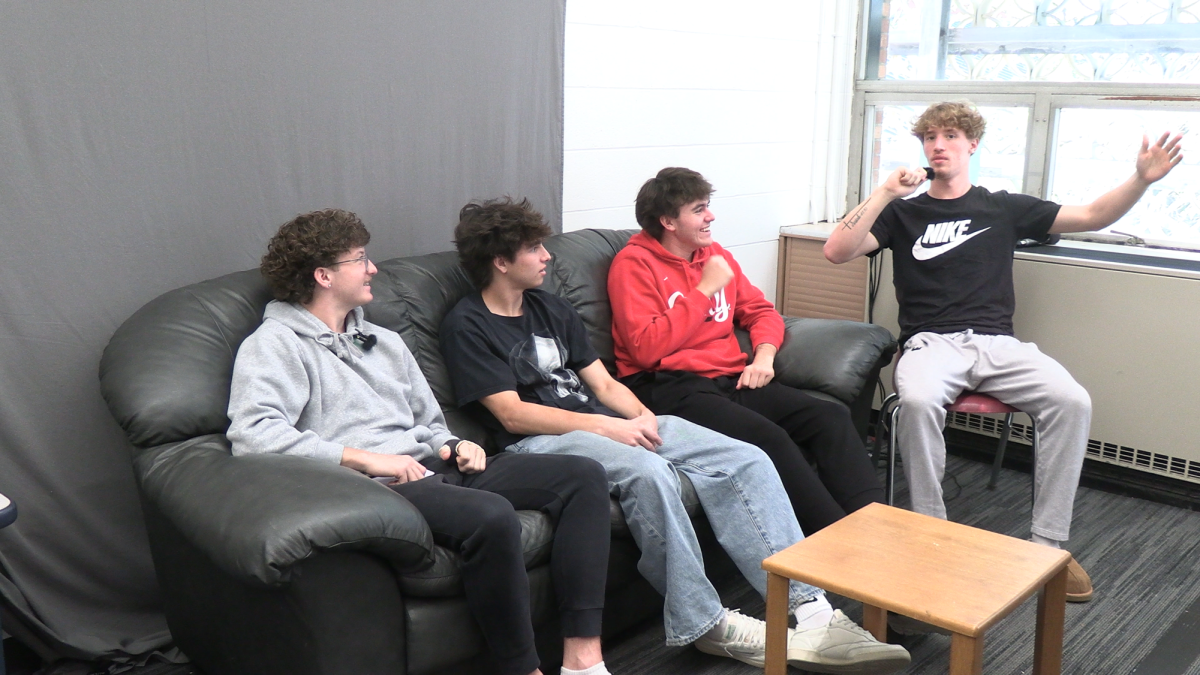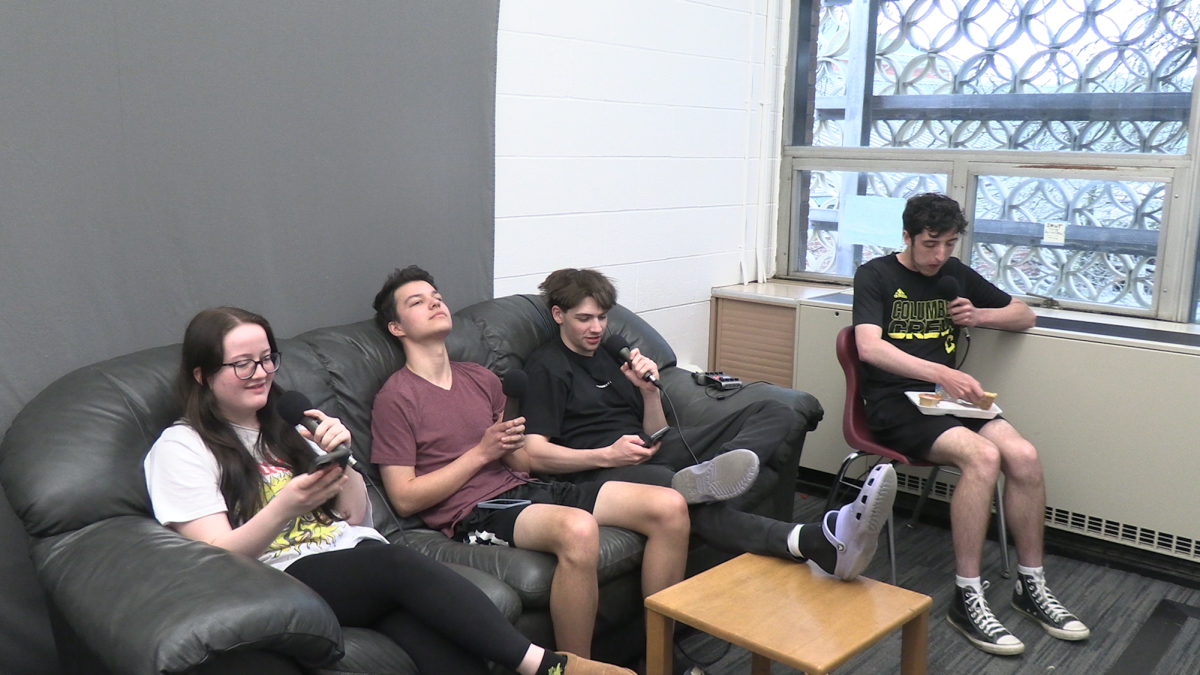Recent increase in violence against Asian Americans is part of a long history of discrimination
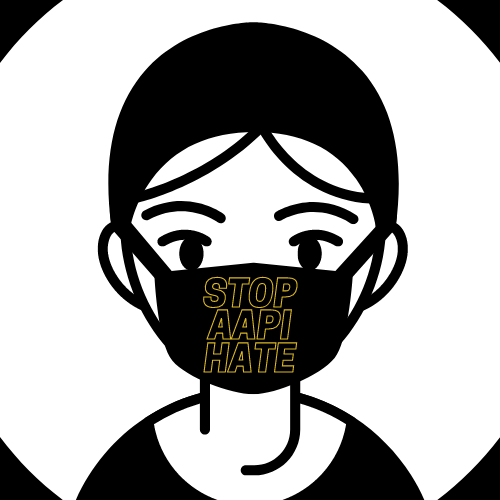
Increased rates of racially motivated violence towards Asian Americans and Pacific Islanders nationwide during the pandemic have given rise to campaigns advocating for solidarity and the end of hate crimes against Asians.
April 12, 2021
During the pandemic, hate crimes against Asian Americans and Pacific Islanders (AAPI) have risen significantly, however, discrimination isn’t a new experience for this community.
From March 19, 2020 to the end of February 2021, the Stop AAPI Hate reporting center received nearly 3,800 reports of hate crimes against Asian Americans. According to Stop AAPI Hate, the number of incidents reported represent only a fraction of the number of hate incidents that actually occur.
A separate study from California State University, San Bernardino, found a nearly 150% surge in anti-Asian hate crimes in 2020.
Both the center and the study noted more incidents in California and New York, which have large AAPI populations, with California having the greatest total number of AAPI residents of any state at over 5 million.
Incidents of discrimination ranged from shunning and verbal harassment to physical assault.
However, in day-to-day life, discrimination may be more subtle. According to a Cornell study, it’s common for Asian Americans to experience microaggressions, which are generally unintentional interactions, behaviors or remarks that express prejudice toward a marginalized group.
Microaggressions may not leave a physical mark, but they are still damaging to marginalized groups, especially when incidences compound over time. Confronting microaggressions made by others can help reduce stigma and bias according to the American Psychological Association, however, it’s also important for people to monitor their own behaviors.
“Pay attention to the actions of your peers and yourself. Mocking slanted Asian eyes and using Asian slurs only contribute to the racism and discrimination the AAPI community has faced,” senior Rena Ouyang said. “Hate stems from hate – do not be the one to contribute to that cycle.”
A History of Discrimination
Despite the recent wave of violence against Asian Americans, discrimination against Asians has been taking place for a long time.
“Asian American discrimination has been present in the United States since the first Asian immigrants arrived,” AP U.S. History teacher Kevin West said. “You have the Foreign Miners’ Tax in California, which was intended to discriminate against both Mexcian and Chinese immigrants coming to work the gold fields of northern California…The most obvious is the Chinese Exclusion Act of 1882, which banned Chinese immigration, more or less, until the 1960s.”
The Chinese Exclusion Act was the first major immigration law restricting immigration based on nationality, and it wasn’t repealed until 1943. By then, the U.S. had already established a quota system that limited immigrants of certain national origins and virtually excluded people from Asia.
The quota system was replaced in the 1965 Immigration Act with a new policy that lifted restrictions on immigration based on national origin. However, renewing Asians’ opportunity to immigrate to the U.S. didn’t resolve the already longstanding history of discrimination.
“[The 1965 Immigration Act] didn’t change the racism and discrimination felt in people’s hearts, and you can look at the fact that it took until the 1980s for the United States to formally apologize for the internment of American citizens of Japanese descent during World War II,” West said.
Although Asian American history might be extensive, learning the history of minority groups like AAPI can be especially helpful for understanding and contextualizing their experiences.
“Understanding the history of anti-AAPI policies, practices and history allows everybody, not just Asian Americans, to recognize that myths, such as the model minority myth or the myth that all Asian Americans are doing well economically, are just myths,” said Theodore Chao, a third generation Chinese American and associate professor at Ohio State University. “The history helps all of us recognize the continual struggle of AAPI here in the U.S.”
The Model Minority Myth
Despite the long timeline of discriminatory policies and practices against Asian Americans, their experiences with racism may be questioned by some as a result of the lack of awareness of Asian American history in combination with the model minority myth.
According to the myth, Asian Americans are a one-dimensional group that has universally achieved academic, occupational and economic success. This can lead some to overlook racism against Asian Americans because of the perception that they’re well-off.
In reality, AAPI are not only ethnically diverse, but economically diverse too. The wealth gap between Asians in the U.S. is larger than it is for other racial groups, but these facts are covered up by the widespread nature of the myth.
“The Model Minority Stereotype is extremely homogenizing,” said Julia Kim, a writer for aznactivistists, a student-led team focused on promoting Asian awareness. “It leads a path for the hyper invisibility of Asian Pacific Americans whose experiences are not reflected in the stereotype.”
The myth fails to acknowledge the existence of Asian Americans whose experiences don’t match the false narrative it perpetuates.
According to Kim, the myth leads to the invisibility of AAPI in media and statistical research and this invisibility is particularly damaging.
“The absence of empirical awareness and knowledge further helps preserve this myth and forbids needed education surrounding the Asian community,” Kim said. “It is a dangerous cycle that perpetuates ignorance and a distorted perception of the realities that many Asian Americans face.”
Where Did the Model Minority Myth Come From?
The concept of the model minority was coined by white sociologist William Petersen in 1966, following the 1965 Immigration Act. Although this legislation opened the doors for Asian immigrants, the process was selective in choosing immigrants based on their education and skill set.
Consequently, the success of Asian immigrants who qualified for immigration was used as a “model” to show other minorities how to conform and be successful. The myth has been used to alienate other minority groups while using Asian Americans as a racial wedge.
For Chao, an associate professor at OSU, this is especially apparent in education.
“The model minority myth pits Asian American students against [Black, Indigenous and people of color] students, basically creating a false dichotomy by purporting that Asian American students can do well in school and life without much help and that therefore BIPOC students shouldn’t need help either,” Chao said. “It is dangerous because it ignores the terrifying effects of slavery and genocide that affects BIPOC students.”
People have tried to use some Asian Americans’ success as evidence of a colorblind system. On Fox News, right wing political activist Charlie Kirk once questioned, “Why is it that Asian Americans are actually the wealthiest and highest incomes of any group in America? I mean, so that would actually go against the idea that the entire country is built on white supremacy still.”
Even as Asian Americans are compared to other minorities and referred to as a “model,” they’re continually held at an arm’s length as “perpetual foreigners.”
“If you’re Asian American or Pacific Islander…you’re told that if you do well enough…then maybe you’ll be white adjacents…You’ll be allowed to survive and succeed in which white is supreme and you are not seen as Black or Brown…” Chao said, during an Asian Solidarity rally in Columbus. “The message I was told as a kid was, ‘Look how they’re treated. You don’t want to be treated like that.’ That’s the model minority myth. That’s a divide and conquer technique made to cause us to fight against each other in this country, so that we can’t come to solidarity.”
The Effects of Anti-Asian Rhetoric
The model minority myth isn’t the only stereotype about Asian Americans.
The Yellow Peril, a racist skin color metaphor that emerged in the 19th century, presents Asians as a threat to Western civilization. At its core, it perpetuates fear and paranoia that is later used to justify discriminatory actions against Asians such as anti-Chinese riots in the late 1800s.
Eventually, the view of Asians as a threat, and the racist depictions of them as such, were used to justify atrocities like the internment of Japanese Americans and the bombings of Hiroshima and Nagasaki.
More recently during the Covid-19 pandemic, the anti-Asian rhetoric used by individuals like previous president Trump and other government officials around the world played into this ideology by blaming Asians for the pandemic, not unlike how Arabs, Muslims and South Asians were scapegoated following 9/11.
The World Health Organization warned against associating a disease with a specific location in order to prevent stigmatization, but the warning fell on deaf ears.
As a result, the repercussions of anti-Asian rhetoric, which included a significant rise in attacks, have highlighted why the words people use matter.
In a recent study by the University of California, San Francisco, a tweet from the previous president containing the phrase “Chinese virus” sparked an increase in the use of anti-Asian hashtags on Twitter.
While racist language online might seem relatively harmless, the use of such language informs the thoughts, feelings and actions of people in the real world.
The language used by people in power, in particular, carries extra weight.
“On one of my shifts, a regular customer asked me if I was Chinese, then said, ‘Tell the Chinese they can take their coronavirus back.’ I was taken aback – this customer was friendly each time he came in,” Ouyang said. “I realized that the words of the former president had somehow legitimized his ignorance and racism, and he actually believed that this was an acceptable statement.”
Anti-Asian sentiment can be found beyond the borders of the U.S. as well. In the United Kingdom, police data suggests a 300% rise in hate crimes against East and South East Asians in the first quarter of 2020 in comparison to that same period in 2018 and 2019.
The Human Rights Watch has received reports of anti-Asian racism and xenophobia in a variety of countries including Russia, Australia, Italy, France and Brazil.
Responses to Anti-Asian Attacks
Despite having well-intentioned efforts to spread awareness, social media users must be careful about the content they share, especially those who repost the deaths of marginalized people.
“It’s critical to critique some of the ongoing harmful trends that we’ve seen with [social media] activism… The reposting of the deaths of BIPOC are not opportune moments for awareness, but are actively hurting and traumatizing our communities…” Kim said. “Awareness is not the end goal for activism. Awareness and education are of course critical steps in one’s activism, but structural change is what we are striving for.”
Daily reports of attacks on Asian Americans have prompted some lawmakers to push for legislation that will protect the AAPI in their communities.
In the Ohio House of Representatives, State Reps. Stephanie Howse (D-11) and Tavia Galonski (D-35) reintroduced legislation to create an Ohio Asian-American and Pacific Islander Affairs Commission following a mass shooting in Atlanta, Georgia in which six of the eight victims were Asian women.
On a federal level, President Biden, who condemned racism and xenophobia against Asian Americans in his first week of office, announced additional actions to respond to anti-Asian violence.
Various cities have also been working to increase police presence in order to protect Asian American communities.
While some members of the AAPI community appreciate such efforts, others say that the prevention of Asian hate should be approached differently, especially to protect other minorities.
“Preventing Asian hate does not mean more policing, more prisons, and more [policies] which creates heavier surveillance and racial profiling in these communities at the expense of Black and Brown lives,” Kim said. “It means putting work and money into local organizations and their leaders, ones who support Asian women and misogyny-affected people in the service industry.”
Although campaigns like #StopAsianHate have circulated the internet and relief for AAPI attack victims has been supported by many public figures, such as Olympians Alex and Maia Shibutani, actor Harry Shum Jr., actress Olivia Munn and Eugene Lee Yang of the “Try Guys,” it’s not enough by itself.
“It is really nice to see people posting about anti-racism and advocating for action on their Instagram stories and other social media platforms,” Ouyang said. “However, the main course of action that makes the most impact is encouraging conversation, even when the subject becomes uncomfortable or frightening. Supporting AAPI means not just listening to, but absorbing our stories and culture we have to share, and not disregarding their legitimacy and depth.”



